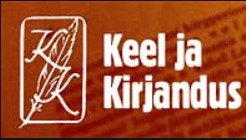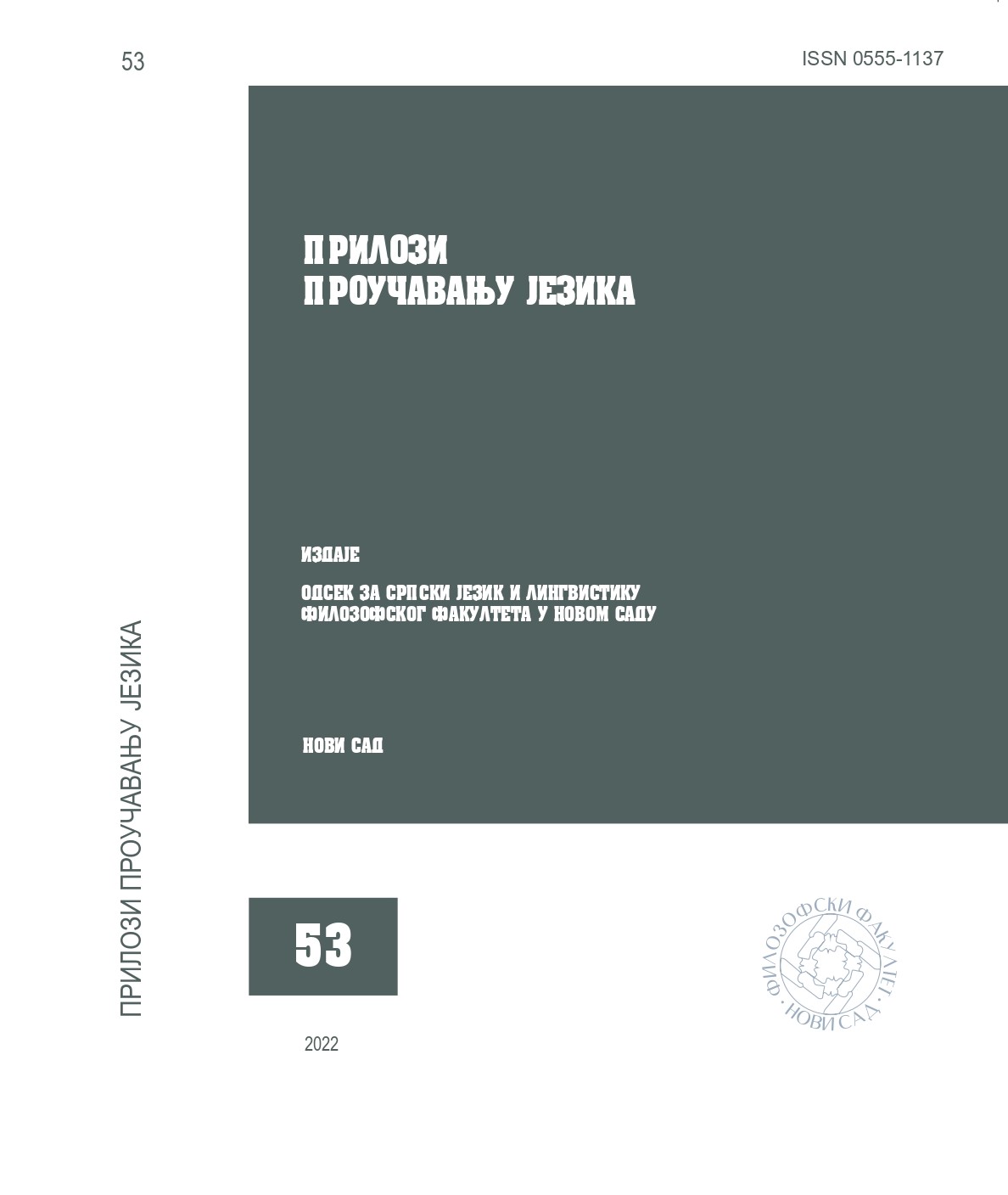
Kas õpi- või õpperuum? Mõistekasutus loob arusaama õppimise sisust
In our article we conceptualise the meaning of the Estonian words õpiruum ‘learning space’ and õpperuum ‘study space’ by analysing media texts retrieved from the Internet. A media text, as we understand it, is any constructed media product or piece of communication, whether printed or audiovisual, which can be analysed and deconstructed. Until recently, the two terms õpiruum and õpperuum have been used inconsistently and all too often as synonyms in Estonian. By presenting several examples and pictures from media texts we argue that these two terms should rather be used in different contexts and definitely not used as synonyms. A closer look at the uses of these two terms in dictionaries enables us to construct the meaning of the word stems õpi- and õppe-. The textual and visual material retrieved from the Internet gives multiple, vague and contradictory responses. In texts, õpiruum and õpperuum are almost invariably used as synonyms. Visual examples, however, allow to conclude that õpiruum is usually an open space where students have active roles, the room itself allows certain mobility and flexibility, and the process taking place in this room could be characterised as co-creation between students and teacher. On the contrary, õpperuum is a room which does not allow any flexibility or mobility, the role of the students is rather passive as only the teacher has an active role and the process taking place in this kind of room could be characterised as a one-way-path from a teacher who teaches and the students who are there to study. We suggest that the two terms õpiruum and õpperuum should be used in different ways and we propose to define õpiruum as follows: õpiruum ‘learning space’ is a space where parties in the learning process establish the meaning of what is being learnt together.
More...



